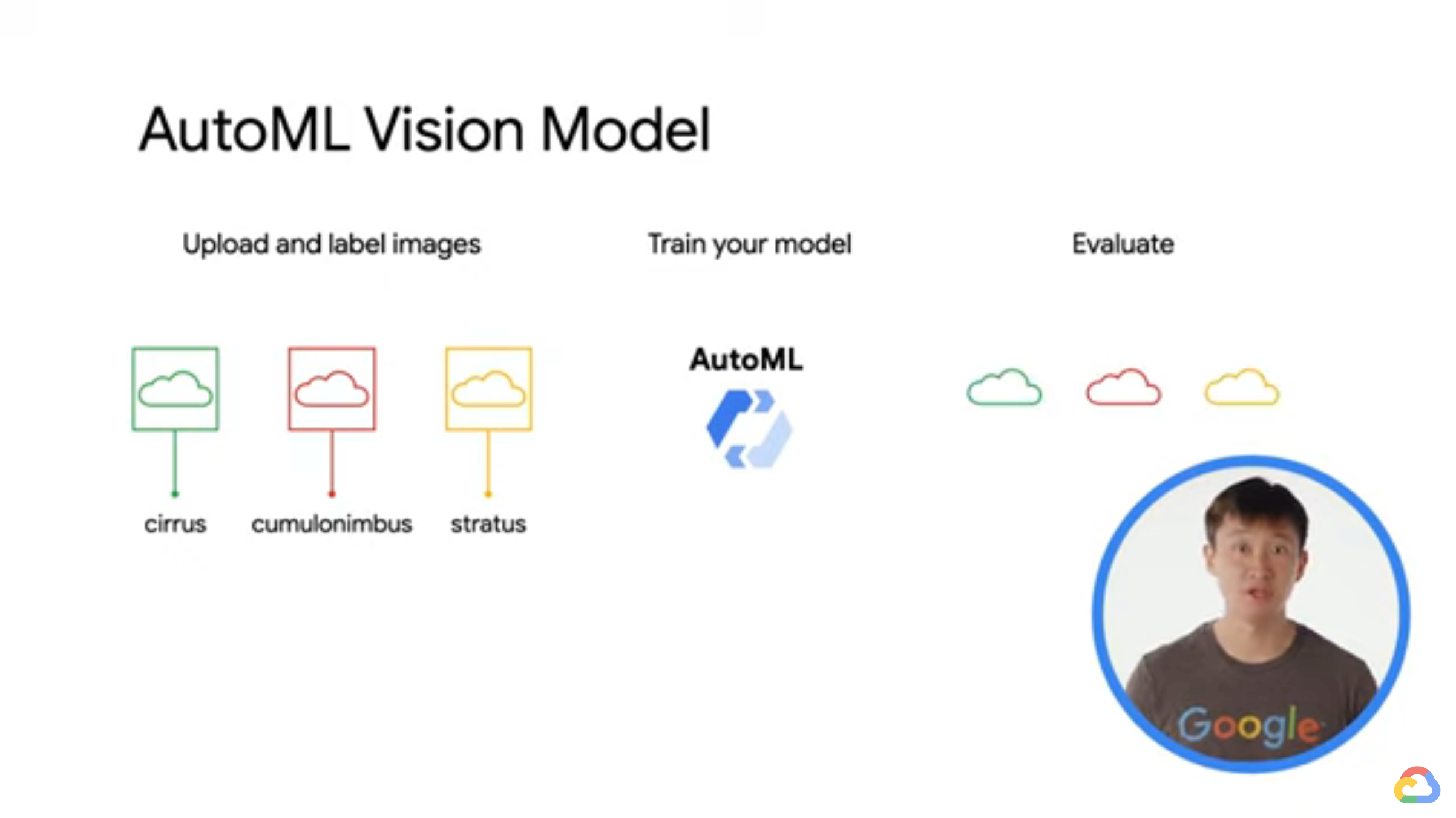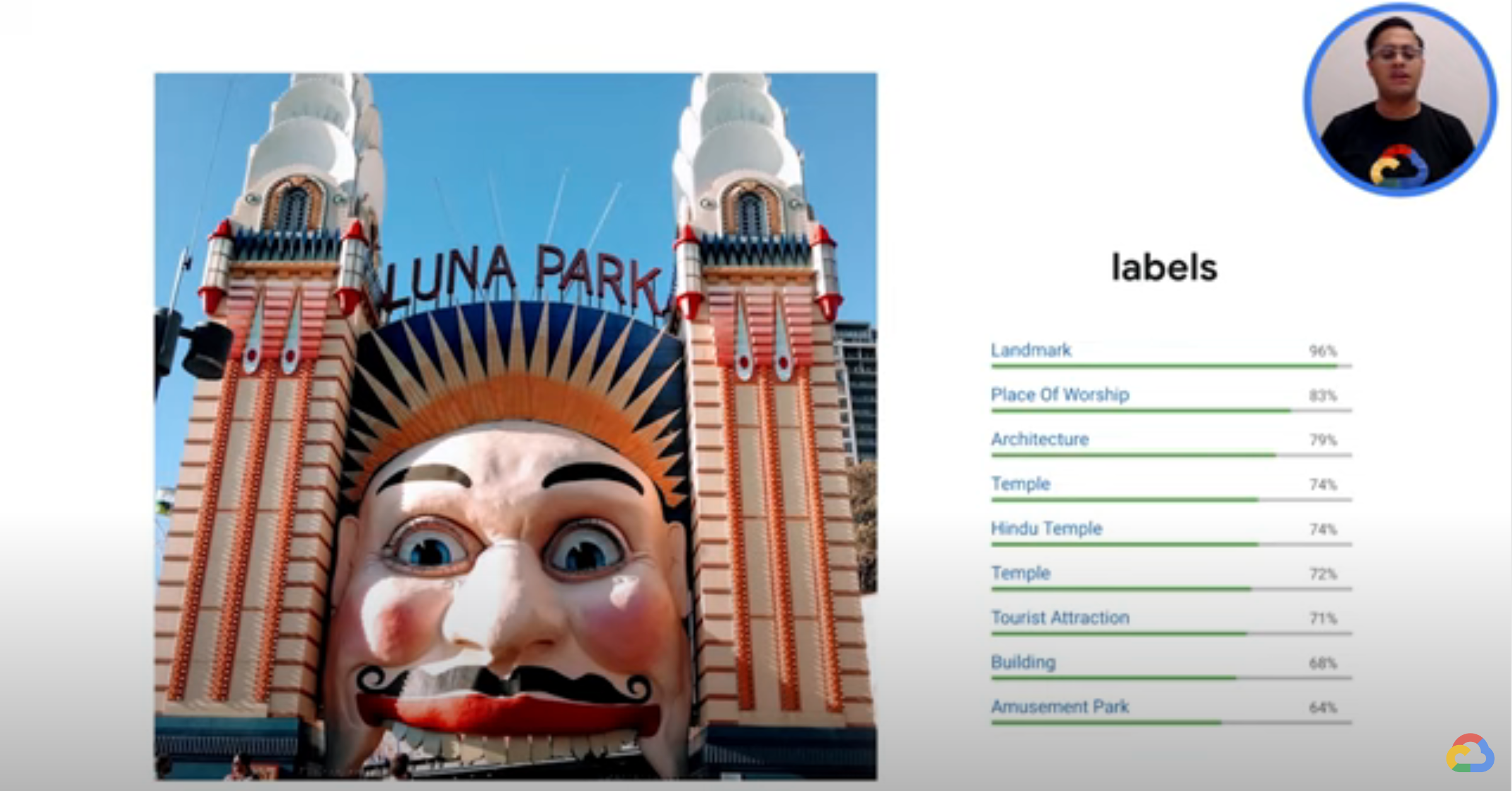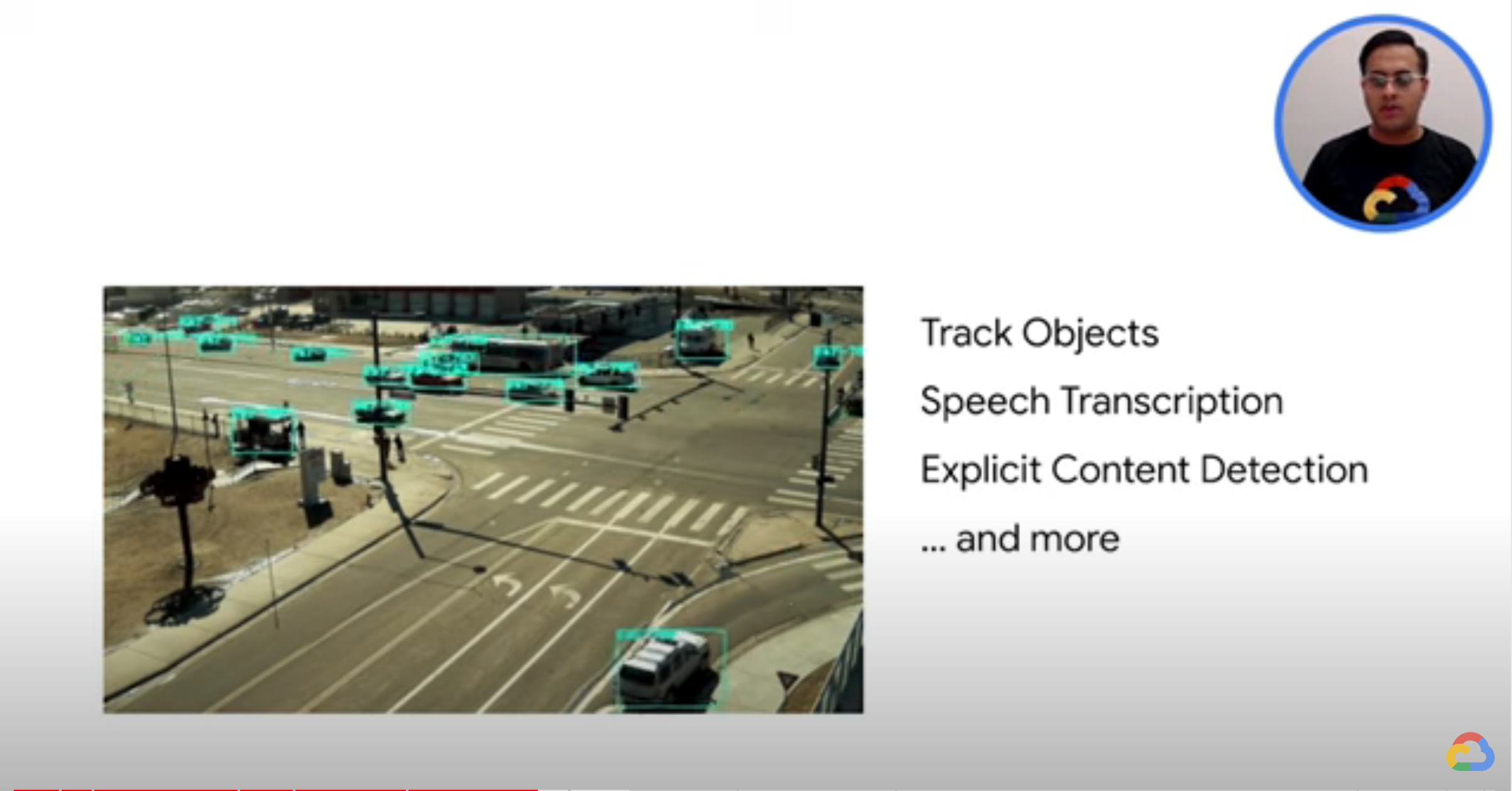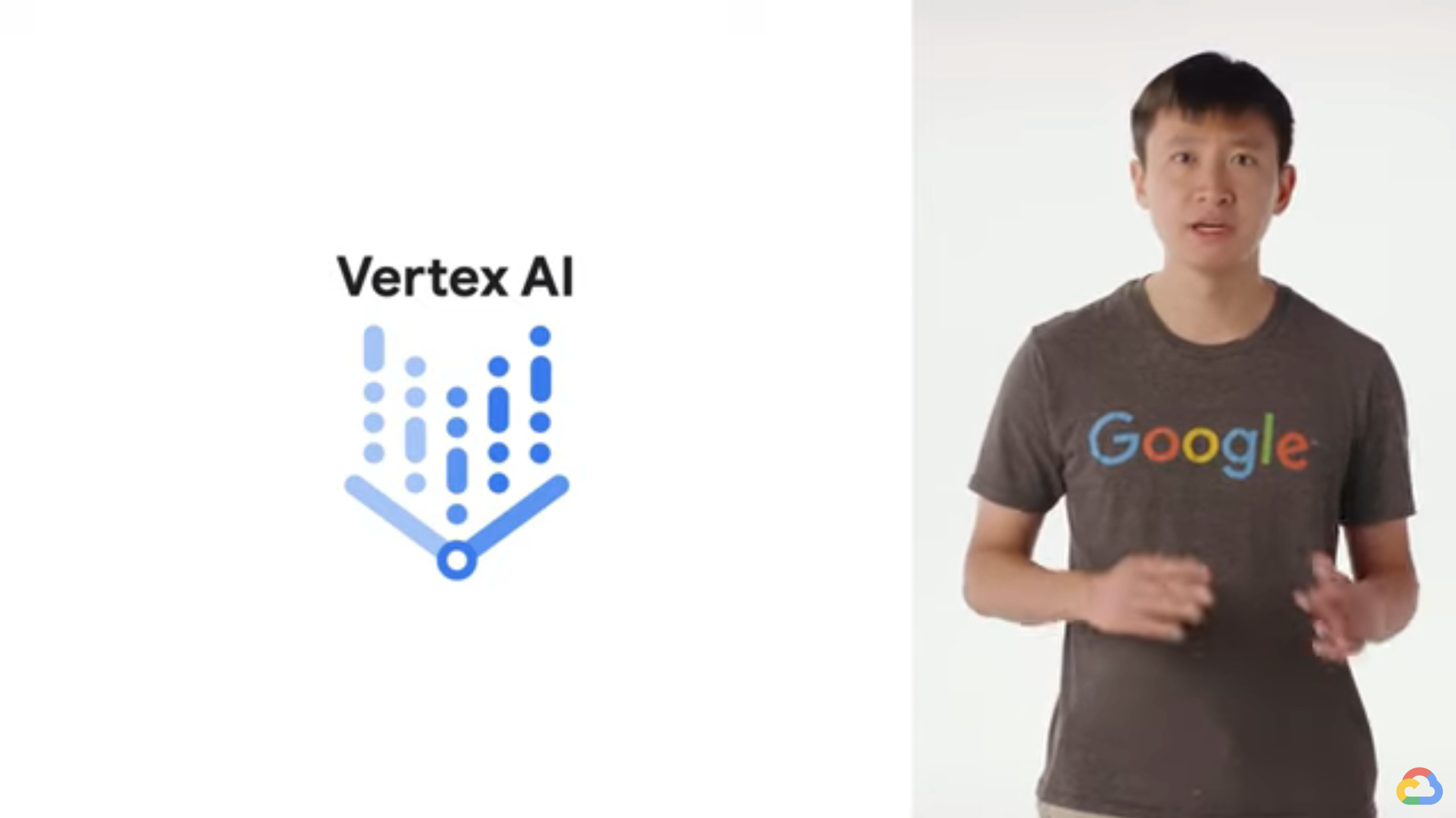Review sản phẩm
Google Cloud AutoML Vision là gì và tại sao bạn nên quan tâm?
Giới thiệu What is Google Cloud AutoML Vision?
Google Cloud AutoML Vision là một dịch vụ trí tuệ nhân tạo từ Google giúp tự động hóa quá trình xây dựng mô hình nhận dạng hình ảnh. Dựa trên công nghệ học máy tiên tiến, AutoML Vision cho phép người dùng tạo ra các mô hình nhận dạng hình ảnh tiên tiến mà không cần có kiến thức chuyên sâu về lập trình hoặc trí tuệ nhân tạo. Điều này giúp giảm thiểu thời gian và công sức đưa ra dự đoán chính xác từ hình ảnh và cải thiện hiệu suất của các ứng dụng liên quan đến nhận dạng hình ảnh. AutoML Vision cung cấp một giao diện đồ họa dễ sử dụng, cho phép người dùng tải lên hình ảnh, huấn luyện và triển khai mô hình nhận dạng hình ảnh chỉ trong vài bước đơn giản. Với khả năng tùy chỉnh cao và khả năng học tập liên tục, Google Cloud AutoML Vision là một công cụ mạnh mẽ giúp các doanh nghiệp tận dụng triệt để tiềm năng của dữ liệu hình ảnh.
#QueenMobile #GoogleCloudAutoMLVision #Sảnphẩm #Đánhgiá
Queen Mobile hiểu rằng đánh giá sản phẩm là một bước quan trọng trong quá trình mua sắm. Đó là lý do tại sao chúng tôi đã giới thiệu Google Cloud AutoML Vision – một công cụ mạnh mẽ để đánh giá sản phẩm và trợ giúp khách hàng trong quyết định mua hàng.
Google Cloud AutoML Vision là một dịch vụ trí tuệ nhân tạo tiên tiến của Google, cho phép người dùng tạo ra các mô hình nhận dạng hình ảnh tùy chỉnh chỉ bằng cách cung cấp dữ liệu đào tạo.
Qua đó, chúng tôi đã tích hợp công nghệ này vào hệ thống của Queen Mobile để cung cấp cho khách hàng một trải nghiệm mua sắm tốt hơn. Bằng cách sử dụng Google Cloud AutoML Vision, chúng tôi có thể đánh giá chính xác các sản phẩm, nhận dạng các đặc điểm quan trọng và cung cấp thông tin chi tiết về chúng.
Khách hàng của Queen Mobile chỉ cần tải lên hình ảnh sản phẩm mà họ quan tâm, sau đó công cụ Google Cloud AutoML Vision sẽ tự động phân tích và đánh giá những đặc điểm quan trọng như màu sắc, hình dạng, chất liệu và nhiều hơn nữa. Kết quả đánh giá sẽ được hiển thị ngay trên trang web của Queen Mobile, giúp khách hàng đưa ra quyết định mua hàng thông minh và nhanh chóng.
Với Google Cloud AutoML Vision, chúng tôi tự hào mang đến cho khách hàng một tiện ích vượt trội trong quá trình mua sắm. Bằng cách sử dụng công nghệ tiên tiến và khả năng nhận dạng hình ảnh tùy chỉnh, chúng tôi cam kết giúp khách hàng của Queen Mobile tìm ra sản phẩm phù hợp nhất với nhu cầu và sở thích của họ.
Vậy nên, nếu bạn đang tìm kiếm một cách đánh giá và mua sắm thông minh, hãy truy cập Queen Mobile ngay hôm nay và trải nghiệm sự tiện ích của Google Cloud AutoML Vision. Không chỉ giúp bạn tiết kiệm thời gian và công sức, mà chúng tôi còn đảm bảo rằng bạn sẽ tìm thấy sản phẩm hoàn hảo nhất cho bạn. #QueenMobile #GoogleCloudAutoMLVision #Sảnphẩm #Đánhgiá #Muasắm
QUEEN MOBILE chuyên cung cấp điện thoại Iphone, máy tính bảng Ipad, đồng hồ Smartwatch và các phụ kiện APPLE và các giải pháp điện tử và nhà thông minh. Queen Mobile rất hân hạnh được phục vụ quý khách….
_____________________________________________________
Mua #Điện_thoại #iphone #ipad #macbook #samsung #xiaomi #poco #oppo #snapdragon giá tốt, hãy ghé [𝑸𝑼𝑬𝑬𝑵 𝑴𝑶𝑩𝑰𝑳𝑬] ✿ 149 Hòa Bình, phường Hiệp Tân, quận Tân Phú, TP HCM
✿ 402B, Hai Bà Trưng, P Tân Định, Q 1, HCM
✿ 287 đường 3/2 P 10, Q 10, HCM
Hotline (miễn phí) 19003190
Thu cũ đổi mới
Rẻ hơn hoàn tiền
Góp 0%
Thời gian làm việc: 9h – 21h.
KẾT LUẬN
Google Cloud AutoML Vision là một dịch vụ trí tuệ nhân tạo của Google, giúp người dùng dễ dàng xây dựng các mô hình học máy phân loại ảnh tùy chỉnh mà không yêu cầu kiến thức sâu về lập trình hoặc trí tuệ nhân tạo. Với AutoML Vision, người dùng có thể nhanh chóng tạo ra một mô hình phân loại ảnh thông qua việc cung cấp một số ảnh mẫu và gán nhãn cho chúng. Dịch vụ này sử dụng các thuật toán phân loại thông minh để hoc từ dữ liệu mẫu và xây dựng một mô hình nhận diện ảnh chính xác. Bằng cách sử dụng Google Cloud AutoML Vision, người mua có thể tăng cường khả năng phân loại ảnh của họ, cung cấp cho khách hàng trải nghiệm tốt hơn và nâng cao hiệu quả công việc của họ. Dịch vụ này cung cấp một giao diện trực quan dễ sử dụng, cho phép người dùng tải lên, gán nhãn và đào tạo mô hình học máy một cách nhanh chóng và hiệu quả. Với Google Cloud AutoML Vision, việc xây dựng mô hình học máy phân loại ảnh đã trở nên đơn giản và dễ dàng hơn bao giờ hết.
Google has recently begun offering a large suite of AI tools to everyday businesses and ambitious software products that use Google platforms, perhaps from a capable Chromebook. One interesting example in the past few years is Google Cloud’s AutoML Vision. This tool to create image analysis models may soon shut down for Vertex AI’s rollout. However, you can still learn how it works and how to prepare data, which will be invaluable when using Google’s similar future services. Let’s look at the details.
What is Google Cloud’s AutoML Vision?
AutoML Vision is available via Google Cloud. It allows you to train machine learning models to classify images and recognize objects in those images. It’s part of the greater Cloud Vision platform for software developers. It includes kits to develop mobile apps and provides AI image solutions in usable formats for internal teams or consumers.
Cloud Vision is all about leveraging artificial intelligence (AI) to analyze several images at once to recognize important things like human faces, kinds of animals, buildings or cars, and so on. The service includes general AI image analysis on its own. AutoML Vision allows users to build more specific AI models for targeted tasks that can crop up in some industries. In the past, training AI models like this would take a lot of tedious human labor that few organizations can access. Google’s solution automates the labeling process to save an incredible amount of time.
Last but not least, AutoML Vision isn’t long for this world. Its time is up in early 2024, at which point users will need to start using the newer, merged AI service called Vertex AI.
Is AutoML Vision for businesses only?
It’s only for larger image-based AI projects typically needed by enterprise-level companies or ambitious start-ups. It requires a ton of cloud storage and high-tier Google business plans, among other things.
What projects can businesses attempt with AutoML Vision?
AutoMl Vision allows businesses to build AI image models via Google Cloud, so they don’t need all the hardware onsite to use complex, energy-hungry AI. But who needs to analyze huge batches of images like this outside of image generators like Midjourney? There are quite a few specialized cases where companies may want a more targeted solution, like:
- Analyzing a large product catalog and automatically labeling images: Urban Outfitters is doing this to recognize types and styes of clothing in its product catalog, something beyond more general AI.
- Tracking and identifying wildlife from an array of cameras: Conservation groups like the Zoological Society of London have training models to track wildlife species across a wide area.
- Security cam analysis to check for security incidents and perpetrators. Large-scale security firms are interested in these kinds of software solutions.
- Companies like Kewpie are training AI to monitor ingredients in their production facilities to watch for quality and consistency as supplies pass by cameras. Other manufacturers are using similar technology to watch for defects in their factories.
Plus, since organizations are tapping into Google’s image recognition capabilities (well, at least some of them), they don’t need to build out or rent expensive AI elsewhere.
How would my team prepare content for AutoML Vision?
In AutoML Vision, you must carefully prep data before using the training services. Small errors at this stage can ruin the output, which is an important part of the process. It’s also deeply embedded in Google tools, so your team must be comfortable with the common Google suite and the GCP (Google Cloud Platform) project tools.
When ready, a team creates a specific GCP project for training a model and then collects all images used for training in one batch. Images should ideally be high quality and include some outliers and “mistakes” for easier training, and companies will want a lot of them. Ideal training uses tens of thousands of images. The Zoological Society of London we mentioned above is analyzing millions of wildlife images. If you don’t have at least a few thousand images, this training may not be the best solution (despite the technical minimum of 100 images).
Teams will create CSV files to label objects and indicate the more-or-less precise coordinates of those objects in an image. This is relatively easy to put together with enough training, and Google’s AutoML services are designed to analyze CSV files as long as they’re included with the images. After the labeling data and images are provided to AutoML Vision over the cloud, teams specify the training length to train an AI model.
Additionally, teams can manually draw on images with a Google annotation tool to show what they want to be identified, which may save time in certain situations.
Can I export my AutoML Vision models?
These AI models are designed to be exported in many different circumstances, especially via Google architecture like Tensorflow Lite and Apple’s CoreML.
When is AutoML Vision shutting down, and what do I use next?
AutoML vision is currently deprecated and, as of right now, will be shutting down on January 23, 2024. That leaves no time for migration if companies haven’t started. If you’re new to AI training, begin with the successor: Google’s Vertex AI. This more comprehensive suite covers basically all of Google’s B2B AI building services.
Companies that have been working in AutoML Vision will find Vertex AI’s AutoML tools similar to use, so not much retraining is necessary. However, companies must migrate data into Vertex AI and watch for significant differences during the formatting process. Some pricing between Vision and Vertex is different. Low-end AI models, in particular, will be more expensive or won’t be available. Migration is free, but if new resources are created or new storage is required as a result, extra charges could be added on with the new pricing plans.
What does AutoML Vision cost?
It doesn’t matter. If you’re starting a new project, you’ll want to use the new Vertex AI suite instead. Let’s assume you’re still working with images. In Vertex AI, charges depend on what you do with various images. But since we’re focusing on AI AutoML prices, let’s break down what AutoML services currently cost in Vertex.
- Training for classification: $3.465 per hour
- Training for object detection: $3.465 per hour
- Training with Edge On-Device Model: $18 per hour
- Deployment and prediction services: $1.375 – $2.002 per hour
- Batch Prediction: $2.222 per hour
Advanced services, like custom-trained models for specific subjects, require specialized work and more personalized pricing.
Will Cloud Vision and AutoM Vision (or Vertex AI) take my analysis job?
It’s a common question and difficult to predict. Google would love for its AI services to be involved in everything, pinning down every bit of content for analysis. That’s not exactly feasible right now, but companies around the world are still working to understand what customized visual AI services can do for them. Claims vary from “AI will do everything for us” to “AI may have some niche solutions for us, but not at these prices.”
What we’ve seen is customized AI models in this vein taking over tedious jobs that humans aren’t good at. Watching products on an assembly line for visible defects is a great example. Not many people work jobs like that anymore. Other jobs that could see revolution include security monitoring and QA work in many industries.
Keep AutoML Vision’s successor in mind for larger AI analysis projects
Companies have only a few months to work with AutoML Vision. If you haven’t started migrating data to Vertex AI, you don’t have much time left. For newcomers, Vertex AI provides similar services in a broader package.
As more companies consider how AI could help their processes, Google is more than ready to provide time-saving, readymade solutions. The cost (in addition to the literal cost) is living entirely on Google’s platform until the AI model is ready for exporting. To learn more, check out the latest on Google’s Gemini project and how Google is using AI for Google Recorder.






